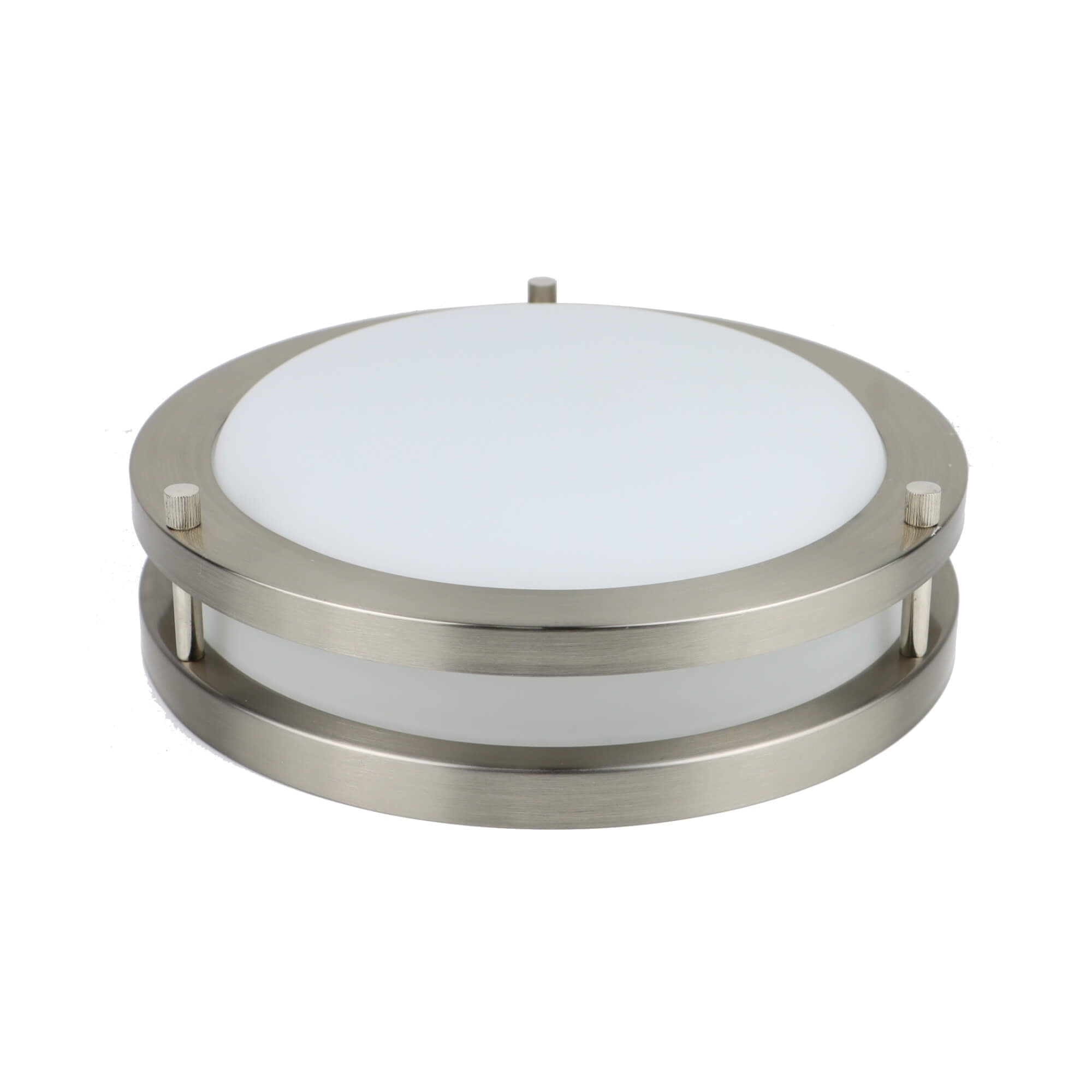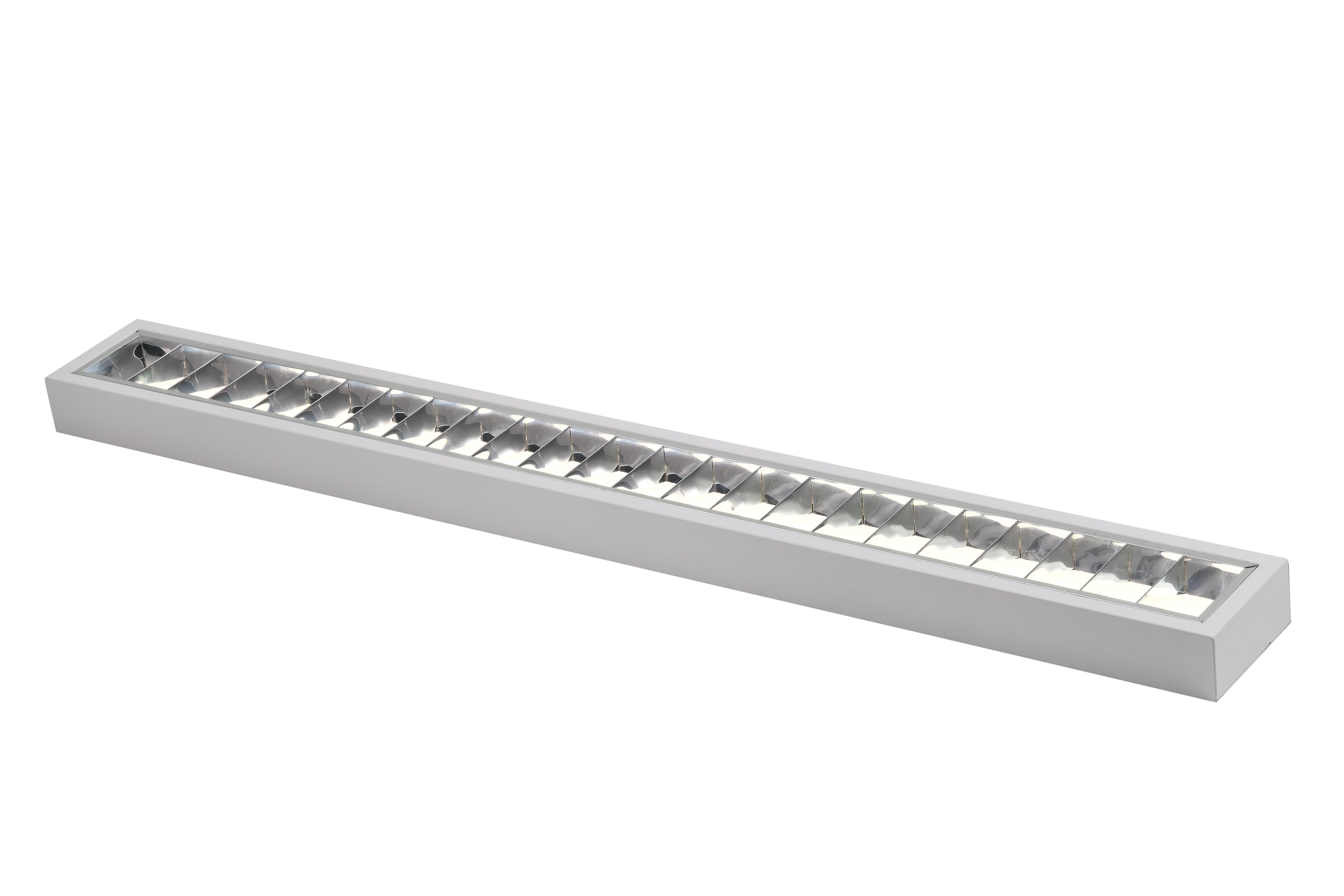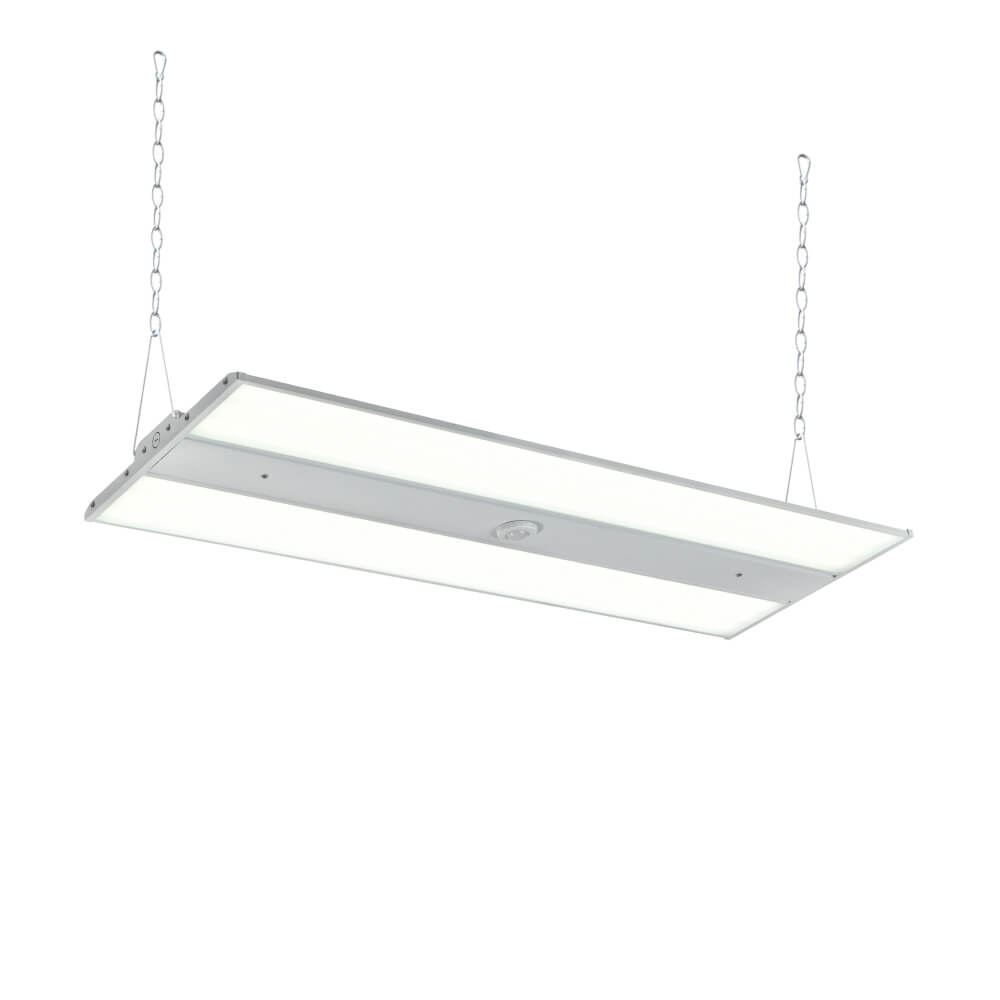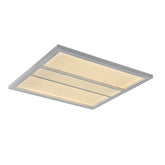LED Flicker: Delving into the Mysteries of the Unwanted Blinks
The superior efficiency and longevity of LED lighting make it the top choice for energy-conscious homes and businesses. However, some LED bulbs and fixtures exhibit an irritating flickering or strobing effect that detracts from their benefits. Beyond being a nuisance, LED flicker has concerning impacts on health, visual comfort, and even product performance. Read on as we unravel the complex factors behind LED flickering and provide solutions to banish the bothersome blinking for good.

What Causes LEDs to Flicker?
To understand the root causes of LED flicker, we must first comprehend how these cutting-edge lights operate. Applying current to an LED chip creates the excitation of electrons and the release of photons that generate visible light. Maintaining stable voltage and current levels is critical for consistent light output without fluctuations.
LED drivers regulate power delivery to the LED chip. Defective drivers can cause disruptive current variations resulting in temporal light modulations perceived as flicker. Power supply issues affecting voltage stability like line noise, surges, and harmonics can also induce flicker. The highly responsive nature of LEDs makes them prone to even minor power disturbances.
External factors like ambient temperature, vibration, and electromagnetic interference can degrade components causing erratic LED performance. Aging, damage, or manufacturing defects in the LED chips, drivers, capacitors, and other circuitry accelerate flickering over time. Identifying and addressing these root causes is key to stopping the unwanted blinking.
Pinpointing the Factors Behind Your LED Flickering
While LED flicker can arise from many factors, systematic troubleshooting can reveal the root cause:
- Carefully observe the flickering visually under different seasons, times of day, weather conditions, etc. Note any patterns related to environment or use. This can indicate external electromagnetic interference or heat/moisture issues.
- Use diagnostic electrical meters like oscilloscopes and power quality analyzers to capture voltage and current measurements. Spikes, drops, or noise point to power supply problems.
- Check if flickering follows the bulb or fixture when swapping components. Driver or LED issues will stay with the bulb when moved. Fixture-based problems follow the light itself.
- Inspect sockets, wiring, connections, and junction boxes for faults that can cause power fluctuations and flicker. Consult an electrician for rewiring if needed.
- Rule out common external causes like vibrations from motors or fans, large appliances on the same circuit, or damage to wires buried in walls.
- For persistent cases, use a flicker detector device or flicker perception meter for quantitative analysis outside normal human perception ranges.
- Hire a lighting technician to conduct in-depth LED, driver, and power diagnostics. They can identify compatibility issues and specify suitable components.
By systematically eliminating external factors, analyzing electrical signals, and isolating components, the source of frustrating LED flicker can be uncovered. Once the culprit is found, it can be addressed at the root.
How to Stop Annoying LED Flickering for Good?
Once the offending cause is identified, permanent solutions include:
- Replacing damaged LEDs, drivers, or other internal components with quality replacements.
- Installing power line conditioners and surge suppressors to smooth electrical disturbances.
- Using shielded wires and isolation transformers for LEDs to avoid electromagnetic interference.
- Reinstalling fixtures away from vibration, extreme temperatures, or moisture.
- Upgrading electrical wiring, grounding, and junction boxes to meet lighting load requirements.
For challenging cases, lighting professionals can field-tune drivers, specify premium components resistant to flicker, or customize power systems to create flicker-free installations.
Preventing LED Flicker with Measures
Preventing LED flicker in the first place is the ideal solution. Here are proactive steps to minimize the risk of pesky blinking:
- Carefully vet LED product specifications and only buy from established, reputable manufacturers that use quality components. Check for flicker metrics like percent flicker and flicker index.
- Have a licensed electrician install new LED lighting to ensure correct wiring, voltage, compatibility with switches, and compliance with electrical codes. Don't risk DIY mishaps.
- For commercial installations, consult with illumination engineers when designing or modifying lighting systems.
- Allow adequate ventilation and cooling around LED fixtures to prevent overheating which can degrade performance over time.
- Use surge suppressors, line conditioners, and isolation transformers designed specifically for LED loads to smooth power delivery.
- Schedule periodic preventive maintenance and testing to catch any developing component faults or power issues early before they cause flickering.
- Keep firmware in LED drivers, lighting control systems, and related smart technology updated to the latest versions.
- Consider warranty and support terms when selecting LED products. Better coverage makes it easier to address flickering issues.
Conclusion
By taking the time to design LED lighting installations properly, inspecting them regularly, and using quality components resistant to fault, the nuisance of flickering can be avoided from the start. Your facilities, occupants, and maintenance teams will thank you for taking preventive measures.







